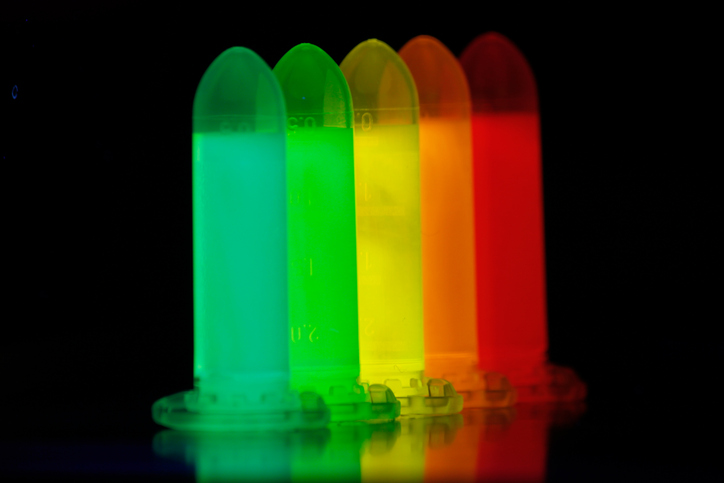By: Jens Blotevogel, Colorado State University
 Without knowing it, most Americans rely every day on a class of chemicals called per- and polyfluoroalkyl substances, or PFASs. These man-made materials have unique qualities that make them extremely useful. They repel both water and grease, so they are found in food packaging, waterproof fabric, carpets and wall paint.
Without knowing it, most Americans rely every day on a class of chemicals called per- and polyfluoroalkyl substances, or PFASs. These man-made materials have unique qualities that make them extremely useful. They repel both water and grease, so they are found in food packaging, waterproof fabric, carpets and wall paint. ![]()
PFASs are also handy when things get heated. Consumers value this property in nonstick frying pans. Government agencies and industry have used them for decades to extinguish fires at airports and fuel storage facilities.
However, widespread use of PFASs has led to extensive contamination of public water systems. Today, these substances can be found in the blood serum of almost all U.S. residents. Exposure to PFASs has been linked to kidney and testicular cancer, as well as developmental, immune, hormonal and other health issues.
But removing them from the environment is not easy. Chemical bonds between fluorine and carbon – the backbone of PFAS molecules – are extremely strong. PFASs can be removed from water by filtering them out, but the used filters have to be disposed of afterwards, and landfilling only transfers the problem to another location. The best solution to the problem is to break down PFASs completely – and on that score, we’re making progress.


 Volunteer for six hours at the
Volunteer for six hours at the  Since 1902, ECS has been at the forefront of publishing electrochemical and solid state science and technology research. For the past 115 years, the Society has been publishing high quality, peer-reviewed journals that contain the work of renowned scientists, engineers, investors, and Nobel laureates. Now, ECS is providing researchers a new avenue to offer insights into emerging or established fields:
Since 1902, ECS has been at the forefront of publishing electrochemical and solid state science and technology research. For the past 115 years, the Society has been publishing high quality, peer-reviewed journals that contain the work of renowned scientists, engineers, investors, and Nobel laureates. Now, ECS is providing researchers a new avenue to offer insights into emerging or established fields:  A newly created material may have the capacity to double the efficiency of solar cells.
A newly created material may have the capacity to double the efficiency of solar cells. A new mathematical model may help researchers design new materials for use in high-power batteries. According to the research team, the model could benefit chemists and materials scientists who typically rely on a trial and error method when developing new materials for batteries and capacitors.
A new mathematical model may help researchers design new materials for use in high-power batteries. According to the research team, the model could benefit chemists and materials scientists who typically rely on a trial and error method when developing new materials for batteries and capacitors. ECS is providing an opportunity for new authors to ask questions and get educated about ECS’s publications.
ECS is providing an opportunity for new authors to ask questions and get educated about ECS’s publications. Access to adequate water and sanitation is a major obstacle that impacts nations across the globe. Currently
Access to adequate water and sanitation is a major obstacle that impacts nations across the globe. Currently  Tiny crystals called quantum dots are used in LCD TVs to enhance color and image quality. A few years ago, scientists discovered a new type of crystal called nanoplatelets.
Tiny crystals called quantum dots are used in LCD TVs to enhance color and image quality. A few years ago, scientists discovered a new type of crystal called nanoplatelets. A team of scientists from Oak Ridge National Laboratory is using the precision of an electron beam to instantly adhere cathode coatings for lithium-ion batteries. This new development, as reported in the
A team of scientists from Oak Ridge National Laboratory is using the precision of an electron beam to instantly adhere cathode coatings for lithium-ion batteries. This new development, as reported in the